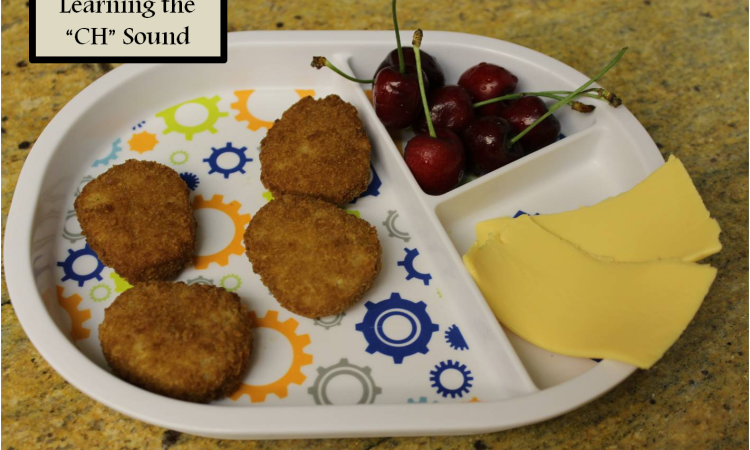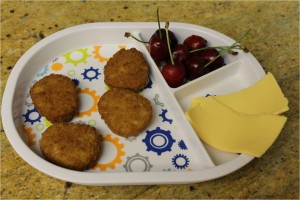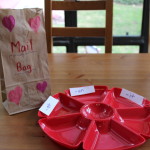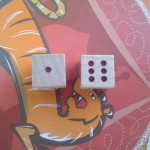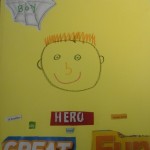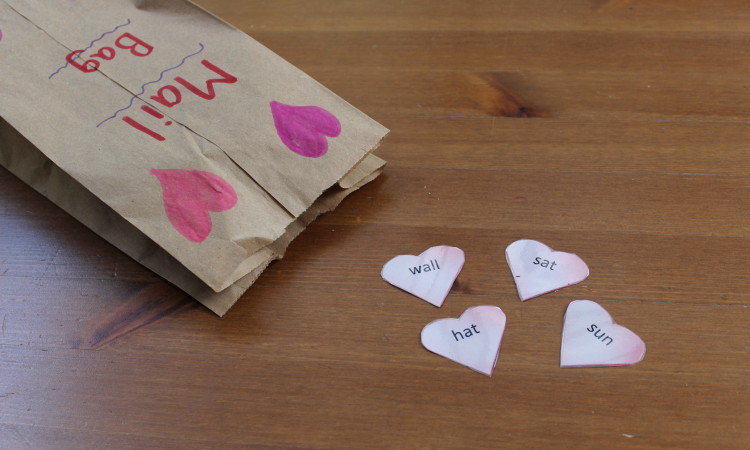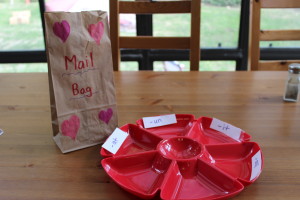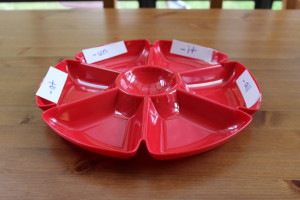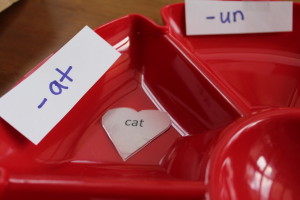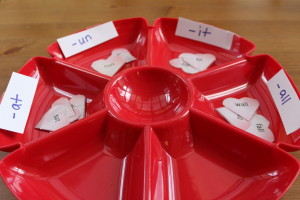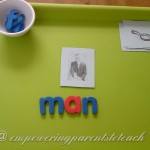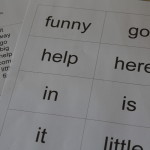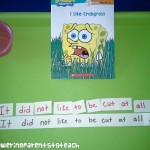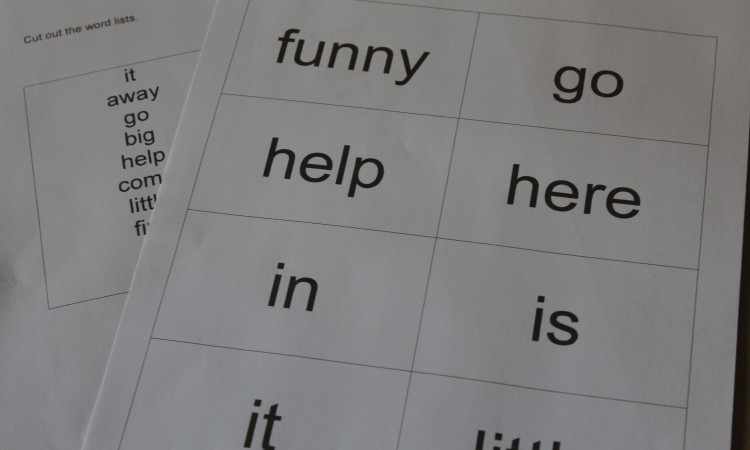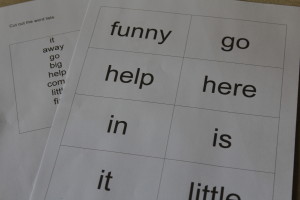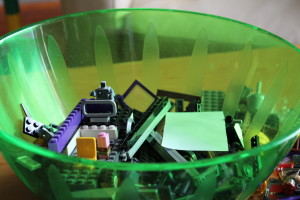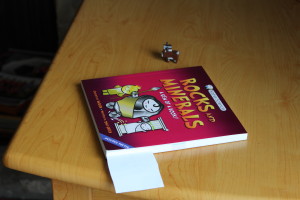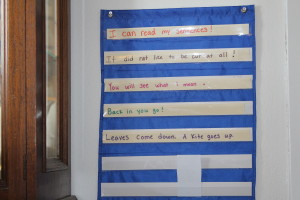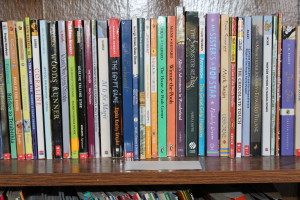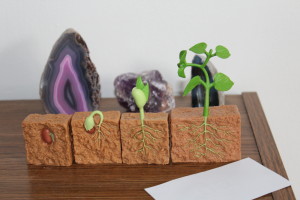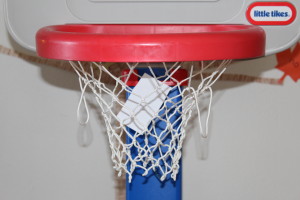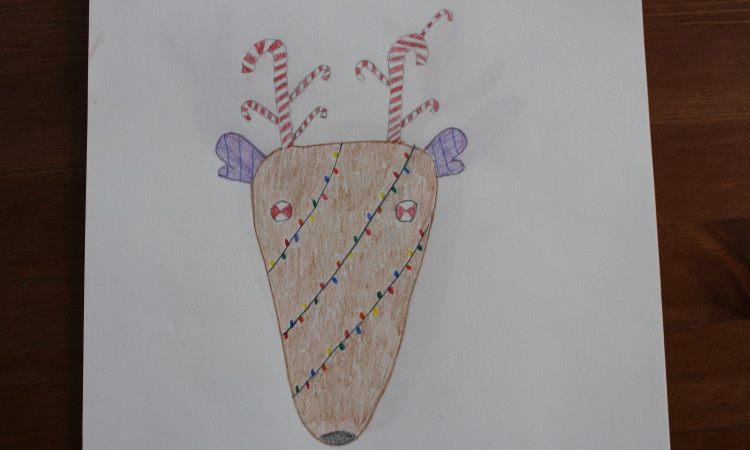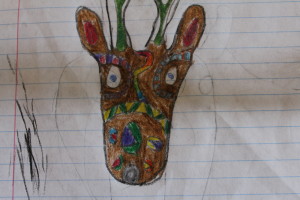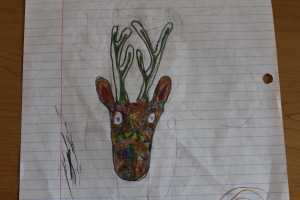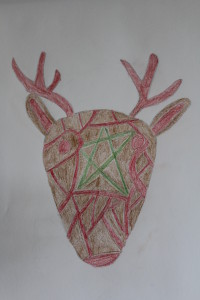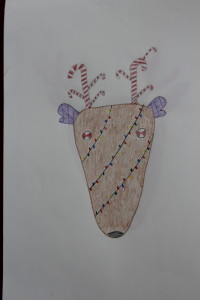With over sixty percent of English words stemming from Greek or Latin, one can see why familiarity with these roots and affixes can be valuable to students.
Many prefixes, roots, and suffixes come from Greek and Latin. These roots and affixes can be directly taught and studied or learned as the words are found in reading and writing activities. For example, when we studied ecosystems in our homeschool, the words “biotic” and “abiotic” came up in our reading. This gave us the perfect opportunity to learn that “bio” means life and it comes from the Greek language. The suffix -ic, comes from Latin and means characterized by, or pertaining to. Knowing this, it could help my son remember that the word biotic means the living things in an ecosystem. It can also help him in the future to solve an unknown word with “bio” or “ic” in it.
We also learned that the prefix “a” can mean not. With this knowledge, he can remember that abiotic refers to the non-living things in the ecosystem. “A” means not and “bio” means life and “ic” means characterized by or pertaining to. By knowing these roots the definition is spelled out for him. Once again, these roots and affixes show up in many words, so by knowing them he is adding to a knowledge base that can help him determine the meaning of an unknown word.
To keep this knowledge, it’s helpful to record the roots and affixes that are learned. I created a simple table to help your child record and organize the roots and affixes that arise in his or her studies. In our homeschool, I have my son record new roots and affixes that we learn along the way. He can then use the table as a reference in figuring out the meaning of new words that he encounters. With enough recording and referencing, these roots and affixes can be memorized.
Making a chart is simple; You can easily create a chart to meet your child’s needs. To make things even easier, you can click on the link below for a free printable table to use:
Greek and Latin Roots Printable Table
For a great reference to look up the meaning unknown roots and affixes to include on your list click here.



